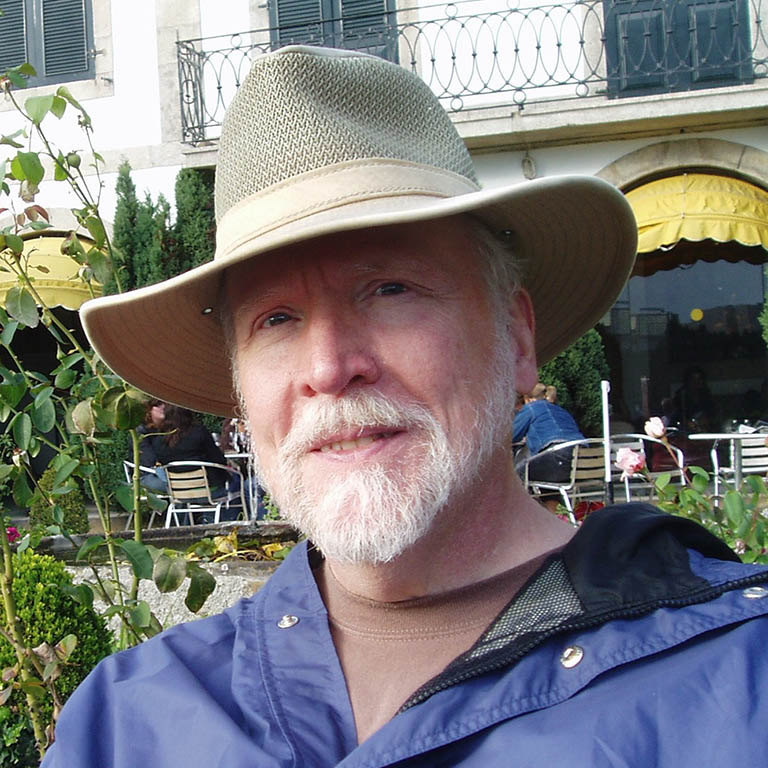Note: Professor Durisen and NASA research Estrada participated on a podcast discussing their find. The podcast can be found here: https://www.planetary.org/planetary-radio/2023-saturn-young-rings
Professor Emeritus Richard Durisen along with his collaborator, NASA researcher Paul Estrada at NASA-Ames, working with data collected by the Cassini Dust Analyzer (CDA) have demonstrated the famous rings of Saturn are young, < ~10^8 years. Along with the rings being astronomically young, they also have a short life. As the duo have shown through theoretical work along with computer simulations using a ring evolution mechanism known as "ballistic transport", the rings have a limited short life.
IU has put out a news release highlighting Professor Durisen's work "Saturn’s rings younger than previously thought — just a few hundred million years".
An excerpt from the release:
For decades, there has been debate about the origin of Saturn’s icy rings. But according to two new studies from Durisen, published in Icarus, the rings are no more than a few hundred million years old — much younger than the planet itself, which formed 4.5 billion years ago. In fact, Durisen said the rings may well have formed when dinosaurs were still walking on the Earth.
Durisen and co-author Paul Estrada, a research scientist at NASA’s Ames Research Center in California’s Silicon Valley, also concluded that the rings will last only another few hundred million years at most.
“Our inescapable conclusion is that Saturn’s rings must be relatively young by astronomical standards, just a few hundred million years old,” Durisen said. “If you look at Saturn’s satellite system, there are other hints that something dramatic happened there in the last few hundred million years.”
Durisen and Estrada have long argued that Saturn’s rings are relatively young, because they expected the rings to be eroded and darkened by the influx of interplanetary meteoroids. However, it wasn’t until data was available from NASA’s 13-year-long Cassini spacecraft mission — particularly its 2017 Grand Finale, consisting of 22 orbits passing between Saturn and its rings — that they were able to use theoretical models to determine the age and longevity of the rings with confidence by computing how the rings change over long periods of time.
Particularly important for their work were Cassini’s measurements of the meteoroid influx rate, the mass of the rings and the inflow rate of ring material onto Saturn.
A note on Durisen's work during his career:
Durisen’s decades-long research career centered mostly on the evolution and stability of rotating astrophysical systems of all types, from planets to galaxies. During the two decades before his retirement in 2010, he worked primarily on protoplanetary disks — the rotating disks of gas surrounding new stars from which planets can form. But his interest in Saturn’s rings began as a postdoctoral fellow at NASA Ames in the 1970s, and he has continued to study them ever since.
To read the whole IU News release: "Saturn’s rings younger than previously thought — just a few hundred million years"
To learn about NASA's Cassini mission that was key to the calculations: https://www.nasa.gov/mission_pages/cassini/main/index.html


 The College of Arts
The College of Arts